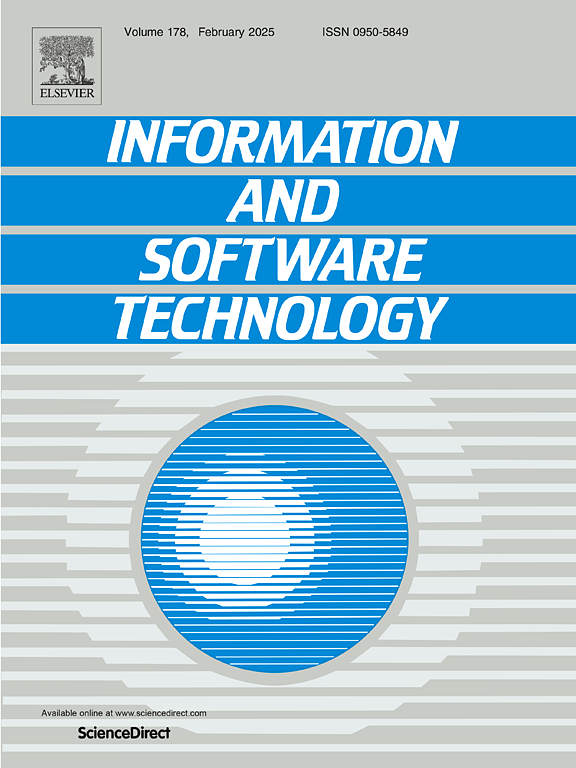Vulnerability detection with feature fusion and learnable edge-type embedding graph neural network
IF 3.8
2区 计算机科学
Q2 COMPUTER SCIENCE, INFORMATION SYSTEMS
引用次数: 0
Abstract
Deep learning methods are widely employed in vulnerability detection, and graph neural networks have shown effectiveness in learning source code representation. However, current methods overlook non-relevant noise information in the code property graph and lack specific graph neural networks designed for code property graph. To address these issues, this paper introduces Leev, an automated vulnerability detection method. We developed a graph neural network tailored to the code property graph, assigning iterative vectors to diverse edge types and integrating them into the message passing between nodes to enable the model to extract hidden vulnerability information. In addition, virtual nodes are incorporated into the graph for feature fusion, mitigating the impact of irrelevant features on vulnerability information within the code. Specifically, for the FFMPeg+Qemu, Reveal, and Fan et al. datasets, the F1 metrics exhibited improvements of 7.02%, 21.69%, and 27.74% over the best baseline, correspondingly.
求助全文
约1分钟内获得全文
求助全文
来源期刊

Information and Software Technology
工程技术-计算机:软件工程
CiteScore
9.10
自引率
7.70%
发文量
164
审稿时长
9.6 weeks
期刊介绍:
Information and Software Technology is the international archival journal focusing on research and experience that contributes to the improvement of software development practices. The journal''s scope includes methods and techniques to better engineer software and manage its development. Articles submitted for review should have a clear component of software engineering or address ways to improve the engineering and management of software development. Areas covered by the journal include:
• Software management, quality and metrics,
• Software processes,
• Software architecture, modelling, specification, design and programming
• Functional and non-functional software requirements
• Software testing and verification & validation
• Empirical studies of all aspects of engineering and managing software development
Short Communications is a new section dedicated to short papers addressing new ideas, controversial opinions, "Negative" results and much more. Read the Guide for authors for more information.
The journal encourages and welcomes submissions of systematic literature studies (reviews and maps) within the scope of the journal. Information and Software Technology is the premiere outlet for systematic literature studies in software engineering.
 求助内容:
求助内容: 应助结果提醒方式:
应助结果提醒方式:


